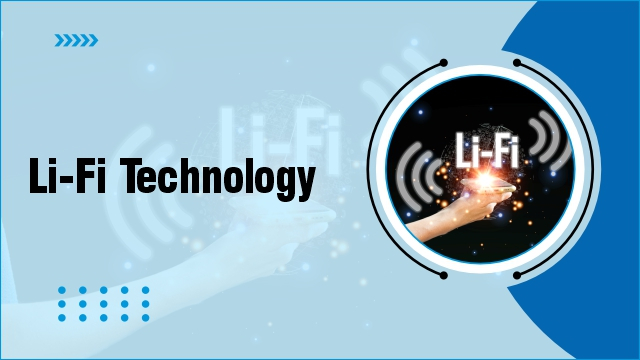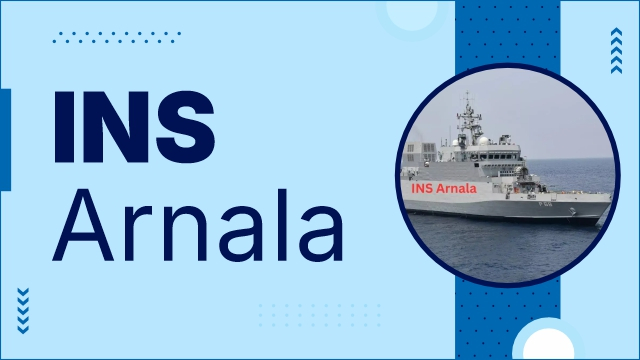Short Article
17:53:57
Li-Fi Technology
Recently, the Ministry of Defence (MoD), under the Innovations for Defence Excellence (iDEX) initiative, granted the Li-Fi (light fidelity) Technology to address the Indian Navy’s communication challenges.
Key Highlights
- It was invented by German physicist and professor Harald Haas.
- It is a bidirectional fully networked wireless communication technology that uses visible light communication (VLC) systems to transmit data.
- Li-Fi leverages Light-emitting Diodes (LEDs) to create a high-speed, secure, and energy-efficient communication channel.
- Devices equipped with photodetectors (such as smartphones, laptops, or IoT devices) receive the modulated light signals.
- The photodetectors convert the received light into electrical signals, which are then processed as data.
Major Components of LI-Fi
- LED transmitter
- Photodiode receiver
- Controller circuit
- Software stack
Advantages
- High Speed: Li-Fi can achieve data rates of several gigabits per second (Gbps), surpassing traditional Wi-Fi.
- Security: It does not penetrate walls, making it inherently secure against eavesdropping.
- No Interference: Li-Fi does not interfere with radio frequencies used by Wi-Fi or cellular networks.
- Energy Efficiency: LEDs are energy-efficient, contributing to overall energy savings.
Challenges and Considerations
- Line of Sight: Li-Fi requires a direct line of sight between the transmitter (LED) and receiver (photodetector).
- Indoor Use: Li-Fi is ideal for indoor environments, such as offices, hospitals, and smart homes.
- Integration: Integrating Li-Fi with existing infrastructure and devices remains a challenge.




